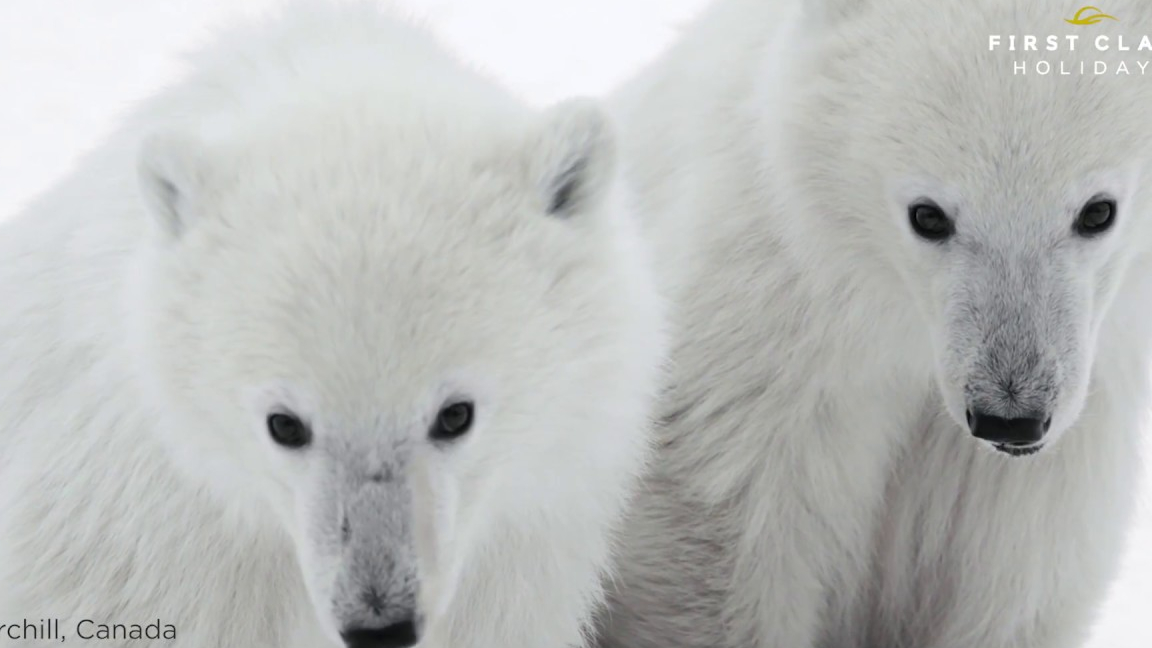Then and Now: Exploring Canada Over 30 Years
As our very first destination 30 years ago, Canada holds a special place in our hearts — and in those of countless travellers we’ve guided over the decades. From rugged wilderness adventures to vibrant city escapes, let’s take a journey through time to see how travel to Canada has evolved since 1995.
Booking and Travel Planning
Then: In 1995, booking a holiday to Canada meant visiting a travel agent or calling an operator to arrange flights, accommodation, and tours. Printed brochures and travel guides were the main sources of information, and travellers relied on phone calls and mail to confirm details.
Now: Today, travellers can research and book almost every aspect of a Canadian trip online — from flights and hotels to adventure tours and wildlife safaris. Our expert team remains on hand to tailor bespoke itineraries, but digital tools and customer reviews now give travellers unprecedented control and confidence.
Popular Destinations and Experiences
Then: Banff and Lake Louise were already iconic, drawing visitors to their turquoise lakes and soaring mountains. Classic wildlife safaris in Jasper and the chance to see moose and bears were highlights. Cities like Vancouver and Toronto were less globally renowned but popular with business and leisure travellers.
Now: These classic destinations continue to captivate, but today’s travellers also seek out hidden gems like the rugged Yukon, Vancouver Island’s coastal charm, and the cultural richness of Montreal and Quebec City. Experiences have diversified to include heli-hiking, indigenous cultural tours, and culinary adventures.
Travel Style and Accommodation
Then: The typical Canadian trip in the 90s was often a packaged holiday with fixed itineraries and group tours. Accommodation was largely limited to hotels, lodges, and cabins, with fewer options for boutique or luxury stays.
Now: Travellers enjoy a broader range of accommodation styles, from luxury wilderness lodges with spa facilities to eco-friendly cabins and charming boutique hotels in city centres. Independent and small-group travel have grown, with a focus on flexibility and authentic local experiences.
Transportation and Accessibility
Then: Travel between destinations often involved long drives or basic domestic flights. Public transport options in cities were developing but limited compared to today.
Now: Improved infrastructure and more frequent flights make getting around Canada easier and faster. Car rentals remain popular for exploring national parks, but rail journeys such as the Rocky Mountaineer offer a luxurious alternative. Urban transport has also expanded, with efficient metro and bus systems.
Technology and Communication
Then: Communicating while travelling was challenging. International calls were expensive and mobile phones bulky and rare. Paper maps and guidebooks were essential.
Now: Smartphones, GPS, and apps allow seamless navigation, instant communication, and on-the-go booking changes. Social media lets travellers share their experiences in real time, and online platforms offer up-to-date advice and reviews.
Environmental Awareness and Responsible Travel
Then: Environmental concerns were emerging but less prominent in travel choices. National parks had fewer conservation programmes, and sustainable travel was not a mainstream consideration.
Now: There is a strong emphasis on preserving Canada’s pristine wilderness. Eco-tourism initiatives, responsible wildlife viewing guidelines, and support for indigenous communities are now integral to travel planning. Travellers are more mindful of their environmental footprint and cultural impact.
Conclusion
Canada remains as breathtaking and welcoming as it was 30 years ago, but travel here today offers richer experiences, greater choice, and more convenience. We’re proud to have helped so many discover this incredible country from the very start — and we can’t wait to guide you on your next Canadian adventure.
